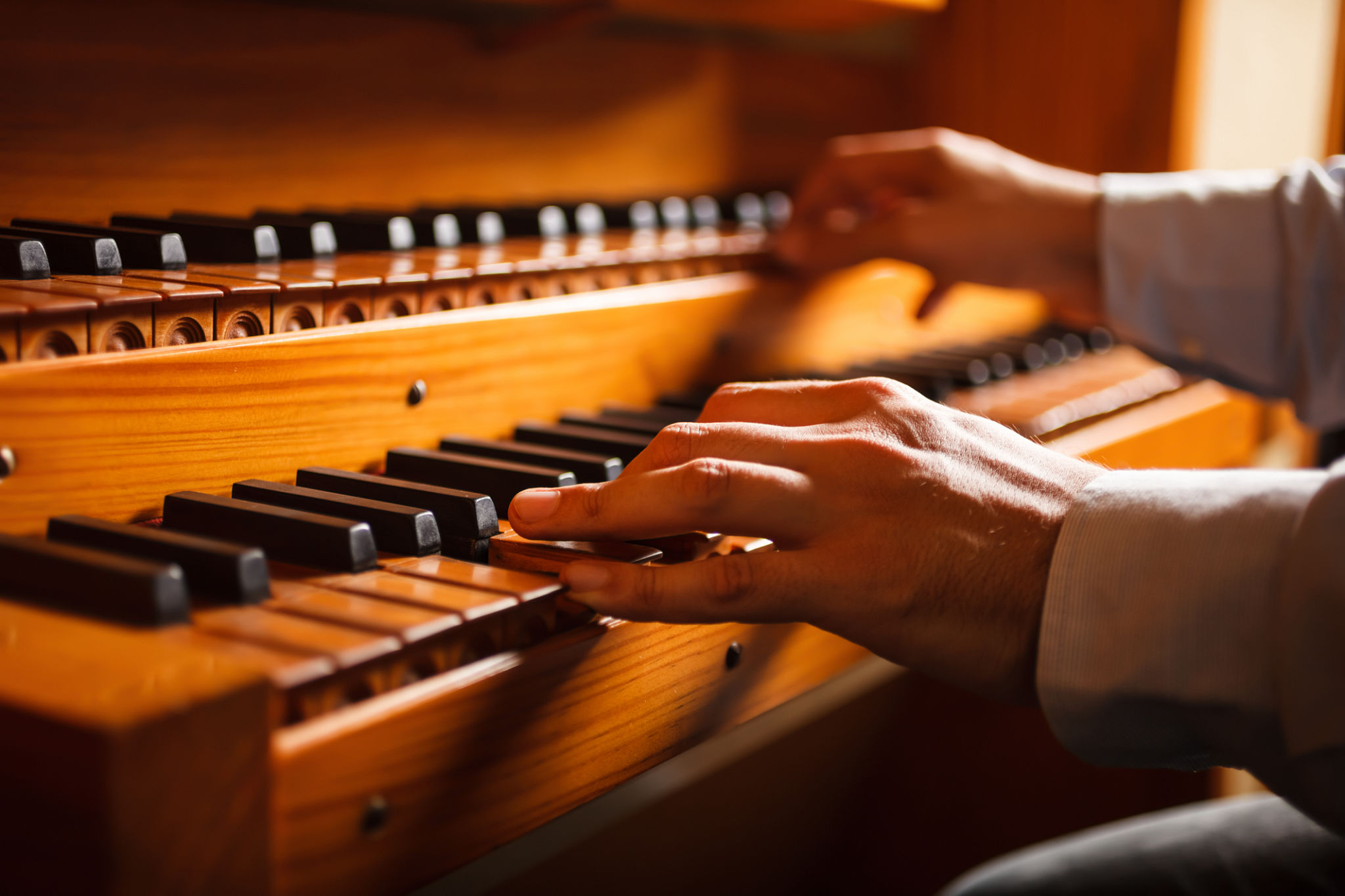Decoding the Mystique of Pipe Organs: A Beginner's Guide
Understanding the Pipe Organ
Considered the grandest of all musical instruments, the pipe organ has intrigued and captivated audiences for centuries. Its complex structure and majestic sound have earned it a mystique that few other instruments possess. For beginners, decoding its intricacies can seem daunting, but with a little guidance, anyone can begin to appreciate its beauty.

The pipe organ is often described as the "king of instruments" due to its powerful range and versatility. It is capable of producing a wide array of sounds, from delicate whispers to thunderous roars. This versatility allows it to play both solo performances and accompany ensembles or choirs.
The Anatomy of a Pipe Organ
At its core, a pipe organ consists of several key components: the console, pipes, wind system, and stops. The console is the control center, where the organist plays the keyboards and operates the stops. Each keyboard controls a different set of pipes, allowing the organist to create a variety of sounds.

The pipes themselves are the heart of the organ. They come in various sizes and materials, each producing a unique sound. The wind system supplies air to the pipes, while the stops control which set of pipes receives air, thus altering the instrument's tone and volume.
Types of Pipe Organs
Pipe organs can be categorized into different types based on their construction and location. Church organs are perhaps the most recognized type, often found in cathedrals and large churches. These organs are typically large and built to fill vast spaces with sound.

There are also theatre organs, which were originally designed to accompany silent films. These organs often have additional features like percussion instruments and sound effects. Finally, there are chamber organs, which are smaller and designed for more intimate settings.
Playing the Pipe Organ
Learning to play the pipe organ requires an understanding of both piano technique and organ-specific skills. Unlike a piano, an organist must use both hands and feet to play. The feet operate pedals that control some of the bass notes and other functions.
One of the unique aspects of playing a pipe organ is managing the stops. Each stop activates a specific set of pipes, allowing the player to change the timbre and dynamics of the music with precision.
Appreciating Organ Music
Listening to organ music is an experience like no other. The instrument's ability to convey a wide range of emotions through its dynamic sounds makes it a powerful medium for both sacred and secular music. Attending live performances can be particularly enlightening for beginners, as it allows them to witness the full capability of this magnificent instrument.

For those new to organ music, starting with well-known compositions by Johann Sebastian Bach or César Franck can provide a good introduction to its depth and complexity. These pieces highlight the organ's expressive potential and showcase its ability to resonate with listeners on a profound level.
Conclusion
Decoding the mystique of pipe organs is a journey into a world of rich musical heritage and technical marvels. By understanding its structure, types, and playing techniques, beginners can start to appreciate why this instrument has been revered for centuries. Whether you are an aspiring organist or an enthusiastic listener, the pipe organ offers an enthralling experience that continues to inspire awe across generations.
